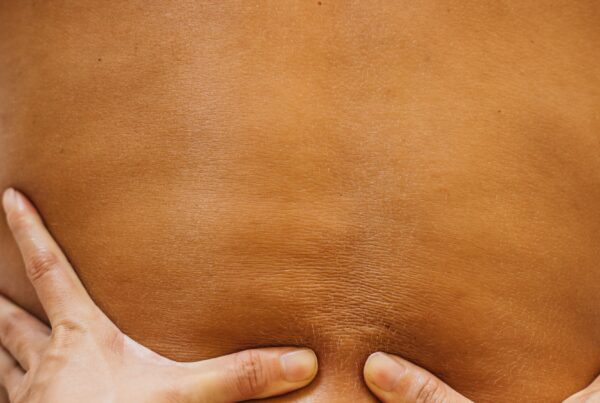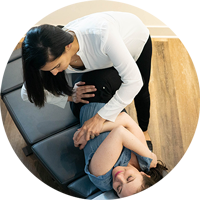Both cupping therapy and acupuncture are used to treat a broad range of symptoms, relieve pain and promote healing. You may be wondering how cupping therapy differs from acupuncture procedures. At Aligned Modern Health we offer both cupping and acupuncture treatments. Our professionals work closely with every patient to determine what treatment type, or combination, will best address their health goals.
Cupping vs. needling
Complementary and alternative medicine options are on the rise in the U.S. According to Mayo Clinic, nearly 40 percent of adult patients say that they had used complementary and alternative medicine techniques.
Acupuncture has been one of the more well known alternative medicine practices over the past few decades, offered in health service providers offices. But there’s a new kid on the block looking to offer patients another route towards relief – cupping therapy.
According to WebMD, cupping therapy uses cups placed strategically on the skin to create a vacuum, mobilizing blood flow to the area. The cups can be made of glass, bamboo, or earthenware.
Cupping therapy and acupuncture have similar goals in that they aim to relieve pain by mobilizing blood flow to the area, encouraging the body’s natural healing properties.
But how is cupping therapy different than acupuncture procedures? How is it similar?
Similarities
- Both practices have origins in Asia. Chinese and Egyptian medical textbooks dating back to B.C. have many entries detailing the procedures.
- The duration of these treatments is between 10-30 minutes.
- Patients who have tried cupping and acupuncture do so, hoping to find relief from: migraines, high blood pressure and depression.
Differences
- Cupping therapy uses materials on the surface of the skin, while acupuncture uses needles through the skin. While these needles are small, and hardly felt, they are inserted at various depths to pinpoint areas that could help with treatment.
- Acupuncture may use heat or electric pulses during treatment.
- Cupping can either be dry or wet. Wet cupping involves controlled medicinal bleeding to draw out toxins.
While cupping therapy continues to work on establishing itself as an alternative treatment method, many practitioners of acupuncture recommend partnering cupping therapy with acupuncture to get the best of both worlds.
Ultimately, you should choose whatever treatment works best for your mind and your body. At Aligned Modern Health, you will receive a complimentary 15 minute consultation with one of our certified acupuncturists to best guide you towards relieving your pain.










